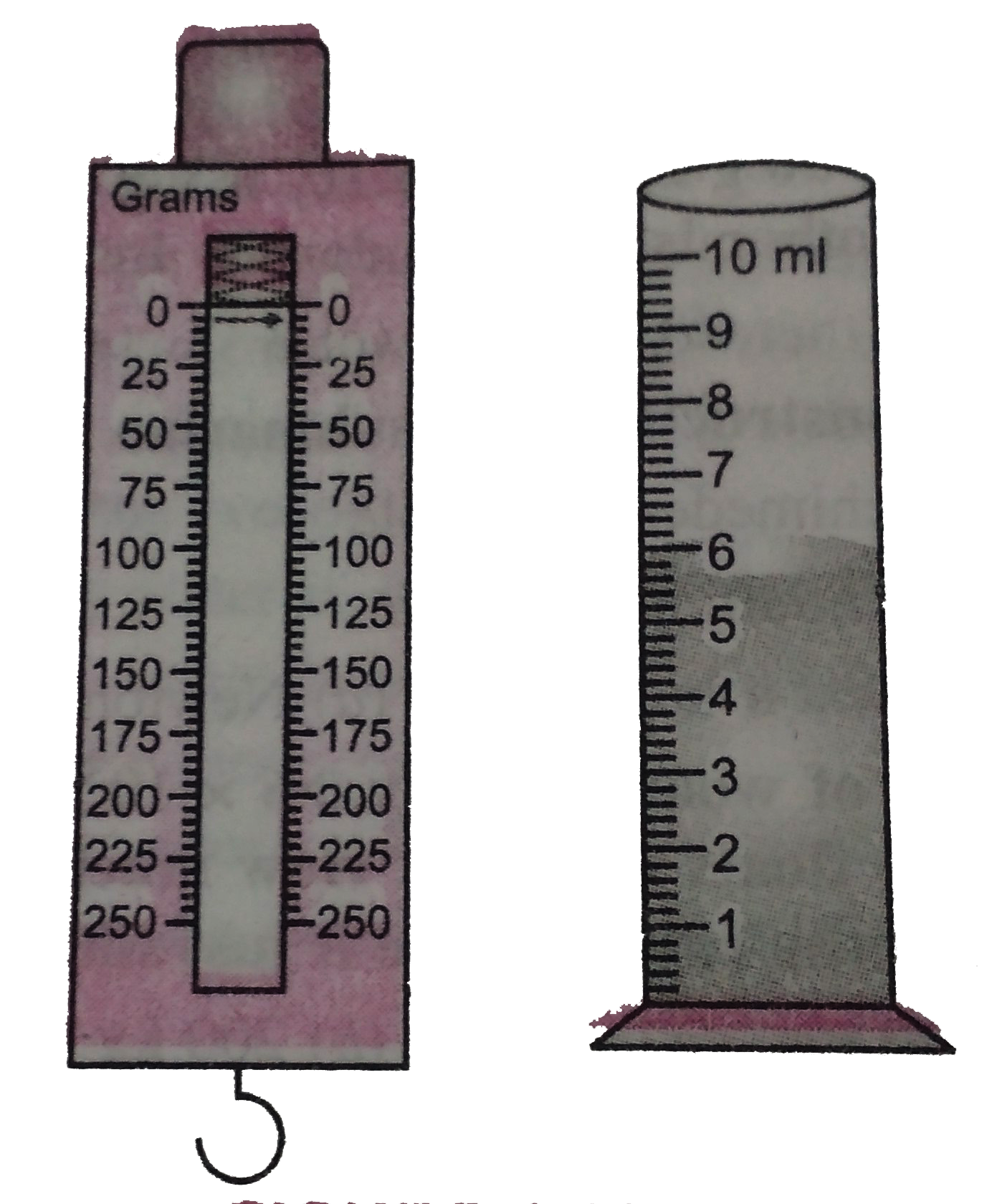A : The maximum possible error in a reading is taken as least count of the measuring instrument.
R : Error in a measurement cannot be greater than least count of the measuring instrument.
If both Assertion & Reason are true and the reason is the correct explanation of the assertion, then mark (1).
If both Assertion & Reason are true but the reason is not the correct explanation of the assertion, then mark (2).
If Assertion is true statement but Reason is false, then mark (3).
If both Assertion and Reason are false statements, then mark (4).
The correct Answer is:C
To analyze the given statements A and R, we will evaluate both the assertion and the reason step by step.
Step 1: Understanding Assertion (A)
The assertion states: "The maximum possible error in a reading is taken as the least count of the measuring instrument."
- Explanation: The least count of a measuring instrument is the smallest division or increment that the instrument can measure. It represents the smallest possible change in measurement that can be detected. Therefore, when taking a reading, the maximum possible error is indeed considered to be equal to the least count. For example, if you are using a ruler with a least count of 0.1 cm, the maximum error in your measurement could be ±0.1 cm.
Step 2: Understanding Reason (R)
The reason states: "Error in a measurement cannot be greater than the least count of the measuring instrument."
- Explanation: This statement is misleading. While it is true that the instrumental error (the error due to the limitations of the measuring device) cannot exceed the least count, it does not account for personal errors or systematic errors that can occur in measurements. Personal errors can be significant and may exceed the least count, as they depend on the observer's judgment or technique. For instance, if someone misreads a measurement or misinterprets the scale, the error could be much larger than the least count.
Step 3: Conclusion
- Assertion (A) is correct because it accurately describes the relationship between maximum possible error and least count.
- Reason (R) is incorrect because it fails to recognize that personal errors can exceed the least count.
Final Answer
Based on the evaluation, the assertion is correct, and the reason is incorrect. Therefore, the correct option is option 3.
---
The assertion states: "The maximum possible error in a reading is taken as the least count of the measuring instrument."
The reason states: "Error in a measurement cannot be greater than the least count of the measuring instrument."
- Assertion (A) is correct because it accurately describes the relationship between maximum possible error and least count.
- Reason (R) is incorrect because it fails to recognize that personal errors can exceed the least count.
Based on the evaluation, the assertion is correct, and the reason is incorrect. Therefore, the correct option is option 3.
Topper's Solved these Questions
- UNITS AND MEASUREMENTSBOOK - AAKASH INSTITUTECHAPTER - UNITS AND MEASUREMENTSEXERCISE - ASSIGNMENT (SECTION - C)
31 Videos
- THERMODYNAMICSBOOK - AAKASH INSTITUTECHAPTER - THERMODYNAMICSEXERCISE - ASSIGNMENT (SECTION -D) (Assertion - Reason Type Questions)
10 Videos
- WAVE OPTICSBOOK - AAKASH INSTITUTECHAPTER - WAVE OPTICSEXERCISE - Assignment (Section-J (Aakash Challengers question))
1 Videos
Similar Questions
Knowledge Check
The maximum possible error in a measurement
Ais equal to the zero error of the measuring instrumentBdoes not have any limitCis equal to the least count of the measuring instrumentDis equal to the square of the least count of the measuring instrumentAC measuring instruments measures
Apeak valueBAverage valueCany valueDRMS valueThe magnitude of zero error of the spring balance and least count of the measuring cylinder
 A2.5g and 0.1 mLB5.0g and 0.1mLC2.5g and 0.2 mLD5.0g and 0.2mL
A2.5g and 0.1 mLB5.0g and 0.1mLC2.5g and 0.2 mLD5.0g and 0.2mL
